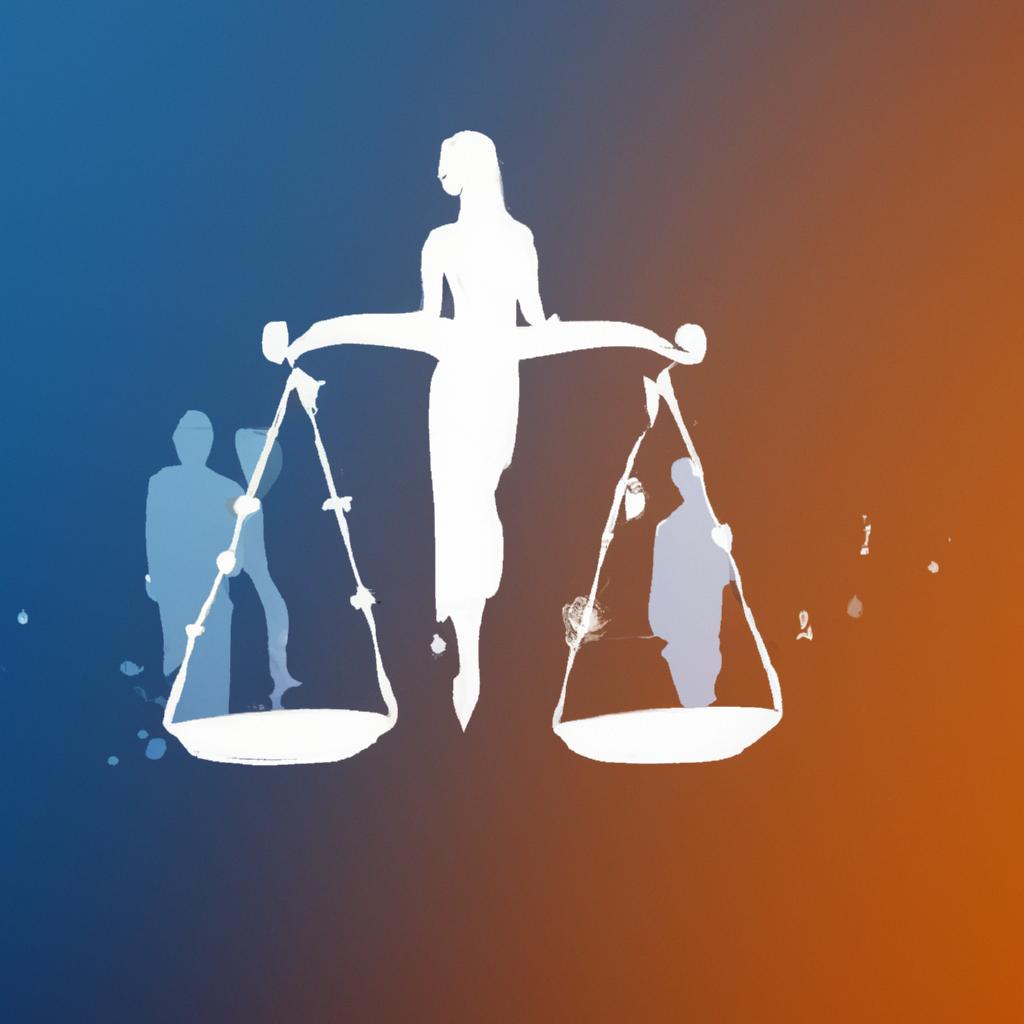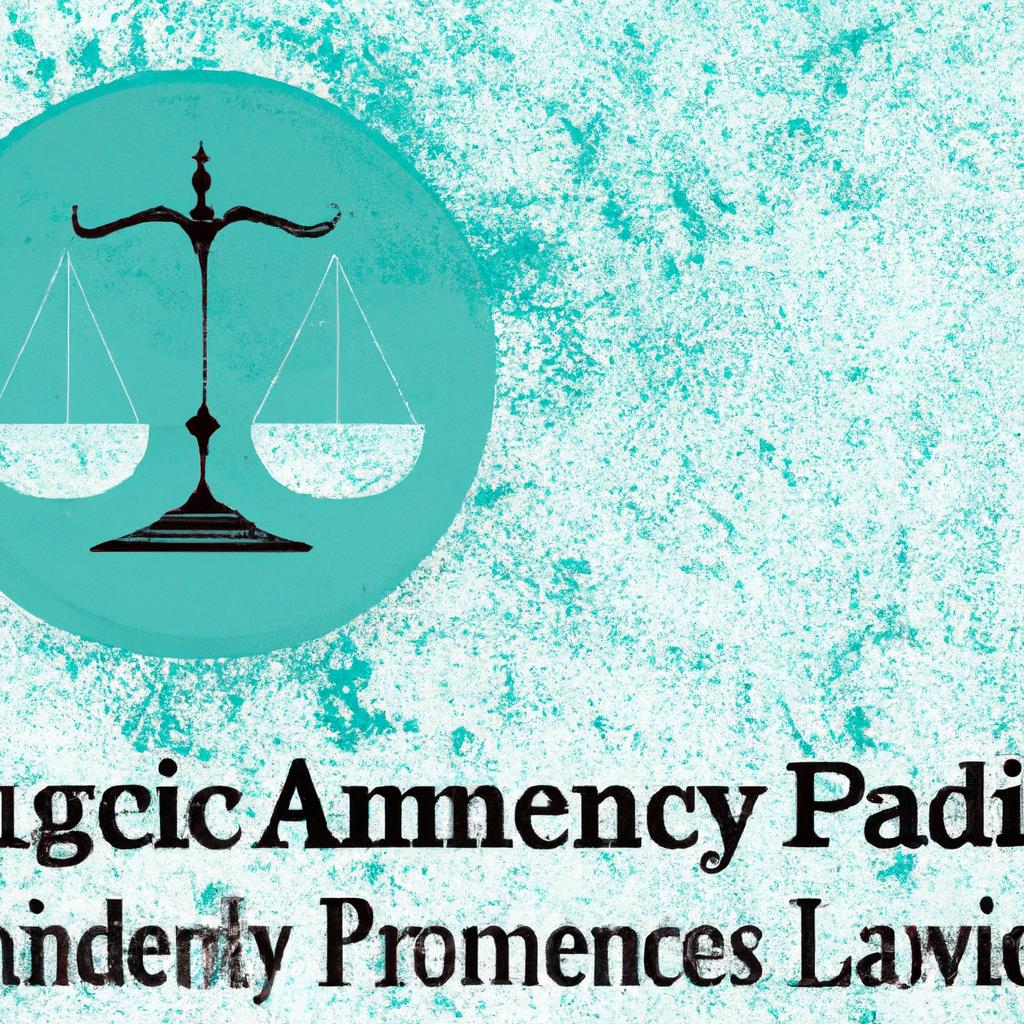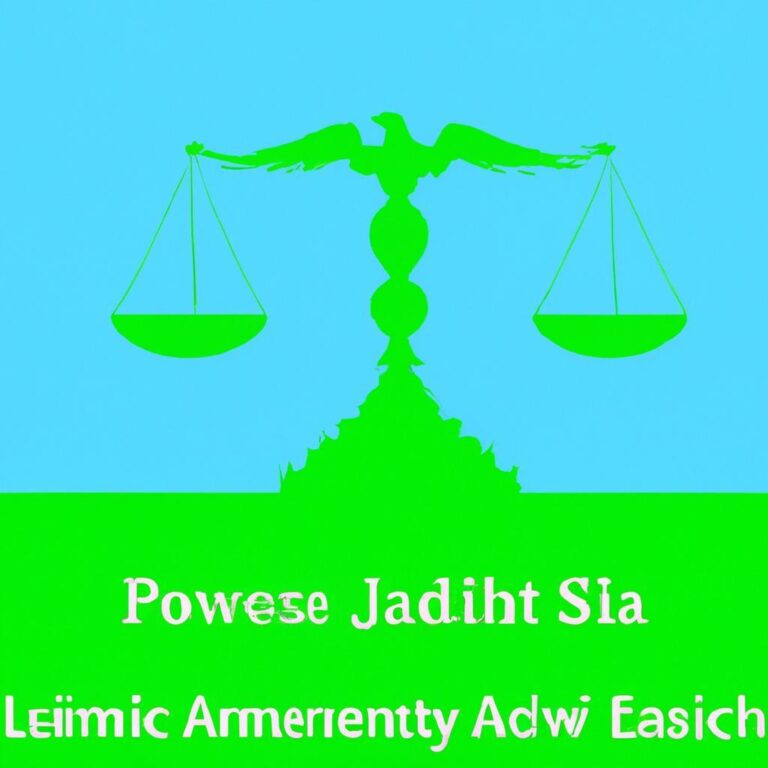In a world where justice often seems reserved for those with the means to navigate its complexities, the scales of equity hang precariously. For millions of low-income families, the barriers to accessing legal support can feel insurmountable, leaving them vulnerable in the face of daunting challenges—be it eviction, domestic violence, or unfair labor practices. Yet, within this landscape of disparity, a beacon of hope shines through: legal aid. This vital resource not only serves to bridge the gap but also empowers individuals to reclaim their rights, fostering a more just society. In this article, we will explore the critical role of legal aid in transforming the lives of low-income families, illustrating how access to legal support can become a powerful catalyst for change. Join us as we delve into stories of resilience, the mechanics of legal aid organizations, and the profound impact that these services have on communities striving for justice.
Understanding the Legal Needs of Low-Income Families
The legal landscape can often be a daunting maze for low-income families who may not have the knowledge or resources to navigate it effectively. These families frequently face a multitude of legal challenges that can significantly impact their lives, including issues related to housing, employment, child custody, and access to essential services. Understanding these needs is crucial for providing the right assistance. The barriers that low-income families encounter vary but often encompass:
- Lack of Access to Information: Many families do not know where to start looking for legal help or what their rights are.
- Financial Constraints: Legal fees and court costs can be prohibitive, leading to a reluctance to seek help.
- Complexity of Legal Processes: Navigating the legal system without support can be overwhelming, especially for those unfamiliar with legal terminologies and procedures.
To address these challenges, tailored legal services are essential. Community organizations and legal aid societies play a pivotal role in bridging the gap by offering assistance that is both accessible and affordable. By providing services such as:
- Legal Representation: Trained attorneys help families advocate for their rights in court.
- Workshops and Resources: Educational programs help families understand their legal rights and the processes involved.
- Resource Referrals: Connecting families with additional support services beyond legal aid.
Understanding the specific legal needs of low-income families ensures that these essential services are both relevant and effective, empowering them to seek justice and improve their circumstances.

The Crucial Role of Legal Aid Organizations in Community Support
Legal aid organizations serve as vital lifelines within communities, especially for low-income families who often face insurmountable challenges in navigating the complexities of the legal system. These organizations provide essential services that empower individuals and families, ensuring that the pursuit of justice is not just a privilege of the wealthy but a fundamental right accessible to all. By offering free or low-cost legal assistance, they help address a myriad of issues, including:
- Housing Disputes: Assisting families at risk of eviction or homelessness.
- Family Law: Providing support in cases of child custody, divorce, and domestic violence.
- Consumer Rights: Protecting families from unfair lending practices and debt collection.
- Public Benefits: Navigating applications for government assistance programs.
Furthermore, the impact of these organizations extends beyond individual cases, fostering a more equitable society as a whole. By advocating for systemic changes and educating communities about their rights, legal aid organizations play a significant role in breaking the cycle of poverty. They often collaborate with local groups, government entities, and other stakeholders to create comprehensive support networks, ensuring that families not only receive legal assistance but are also connected to vital resources such as:
| Resource | Description |
|---|---|
| Employment Services | Job training and placement programs for sustainable income. |
| Mental Health Support | Counseling and therapy services for trauma recovery. |
| Financial Literacy Workshops | Education on budgeting, saving, and credit management. |
| Community Advocacy | Efforts to influence local policies for better community support. |

Effective Strategies for Increasing Access to Legal Resources
In an increasingly complex legal landscape, ensuring access to legal resources for low-income families requires innovative and community-based strategies. One effective method is the establishment of legal resource centers in underserved neighborhoods. These centers can serve as one-stop shops, offering free consultations, workshops on legal rights, and access to legal documentation. Additionally, partnering with local organizations can enhance outreach, creating a robust network through which families can receive information tailored to their specific legal issues. This collaboration can include:
- Mobile Legal Clinics: Traveling to communities to provide on-site legal advice.
- Workshops and Seminars: Educating families about their rights and available resources.
- Digital Platforms: Developing apps or websites providing legal information and resources.
Moreover, leveraging technology can significantly enhance accessibility. Online platforms that connect individuals to volunteer lawyers or offer virtual consultations can break down geographical barriers. The creation of user-friendly guides or infographics can simplify complex legal jargon, making it easier for families to navigate their legal challenges. A dedicated webpage featuring common legal questions and answers can serve as an invaluable resource. Below is a simple table outlining potential tech solutions and their benefits:
| Technology Solution | Benefit |
|---|---|
| Virtual Legal Consultations | Increases access for those unable to travel. |
| Legal Resource Apps | Offers instant access to legal information on-the-go. |
| Online Document Creation Tools | Simplifies the process of preparing necessary legal documents. |

Engaging Policy Changes to Strengthen Legal Aid Services
To enhance the capacity of legal aid services, policymakers must prioritize strategic reforms that address the fundamental needs of low-income families. By implementing a multifaceted approach, we can pave the way for a more accessible and effective legal support system. Key initiatives could include:
- Increased Funding: Allocate more resources to legal aid organizations to expand their reach and services.
- Streamlined Application Processes: Simplify eligibility requirements and application procedures to make assistance more attainable.
- Training and Support for Legal Aid Providers: Offer ongoing education and resources to ensure providers are well-equipped to address diverse client needs.
Moreover, fostering partnerships between legal aid organizations and community entities can amplify the impact of these policy changes. Collaborative efforts can build awareness and ensure that families know their rights and available resources. Consider the following potential outcomes that could arise from these partnerships:
| Outcome | Description |
|---|---|
| Enhanced Outreach | Increased community awareness of legal aid services. |
| Integrated Support Services | Comprehensive assistance that addresses multiple aspects of client needs. |
| Stronger Advocacy | Unified voices advocating for systemic change within the legal aid landscape. |
In Summary
As we navigate the intricate landscape of justice, it becomes increasingly clear that access to legal resources should not be a privilege reserved for the few, but a fundamental right for all. Empowering justice for low-income families is not merely an act of charity; it is a necessary investment in the fabric of our society. By providing legal aid, we can help bridge the gap that has long separated the haves from the have-nots, fostering a more equitable system where every voice can be heard and every need addressed.
The journey towards justice requires collective effort—from policymakers crafting supportive legislation to communities mobilizing in solidarity. As we reflect on the importance of legal aid, let us remember that the fight for equal access is far from over. It requires our continued advocacy, our empathetic understanding, and our unwavering commitment to ensure that every family, regardless of their economic circumstances, can seek justice and secure a better future.
empowering justice is about more than just legal representation; it is about creating a society where dignity, respect, and fairness prevail. Together, we can transform the dream of accessible legal aid into tangible reality, illuminating the path toward a truly just world for all.

